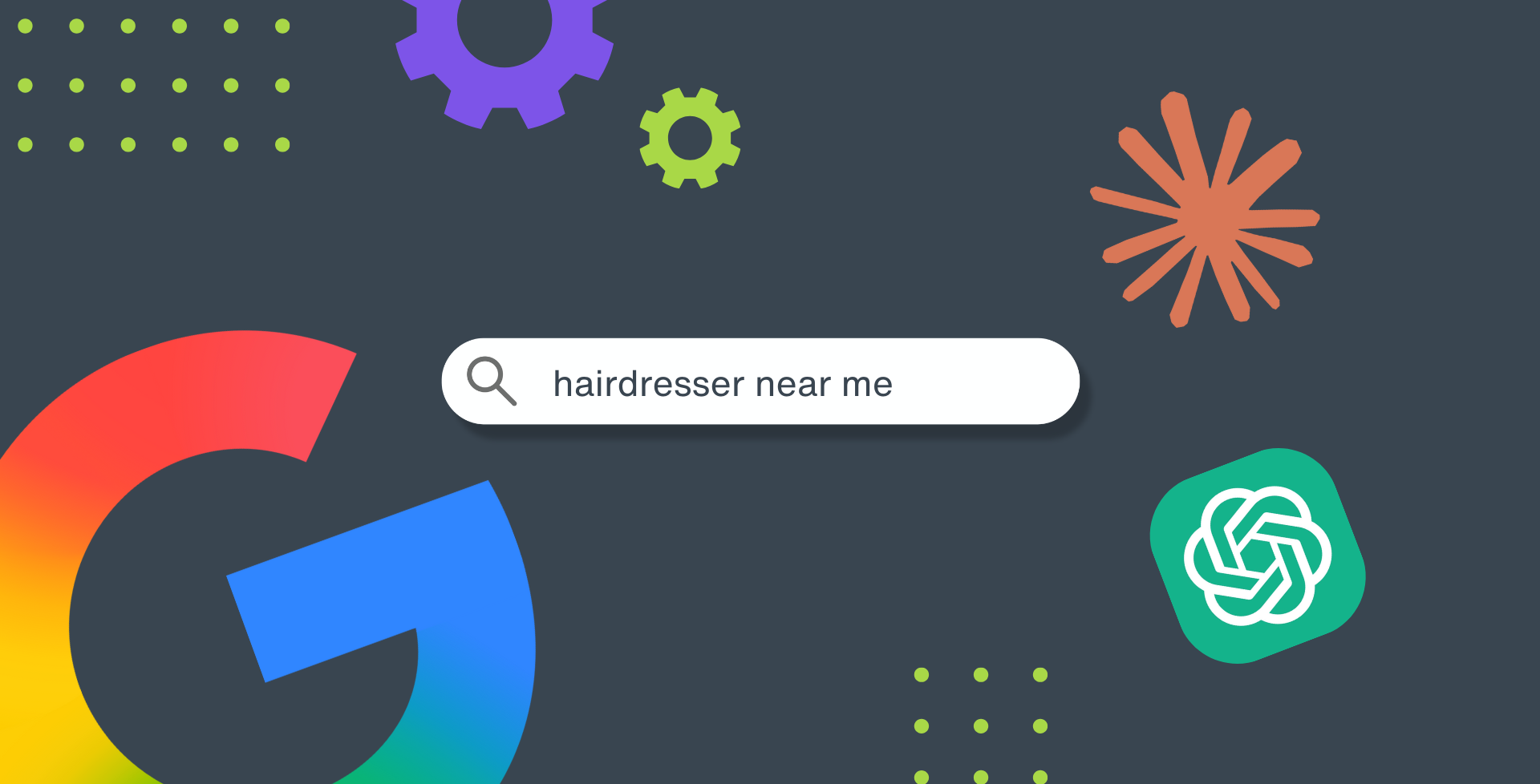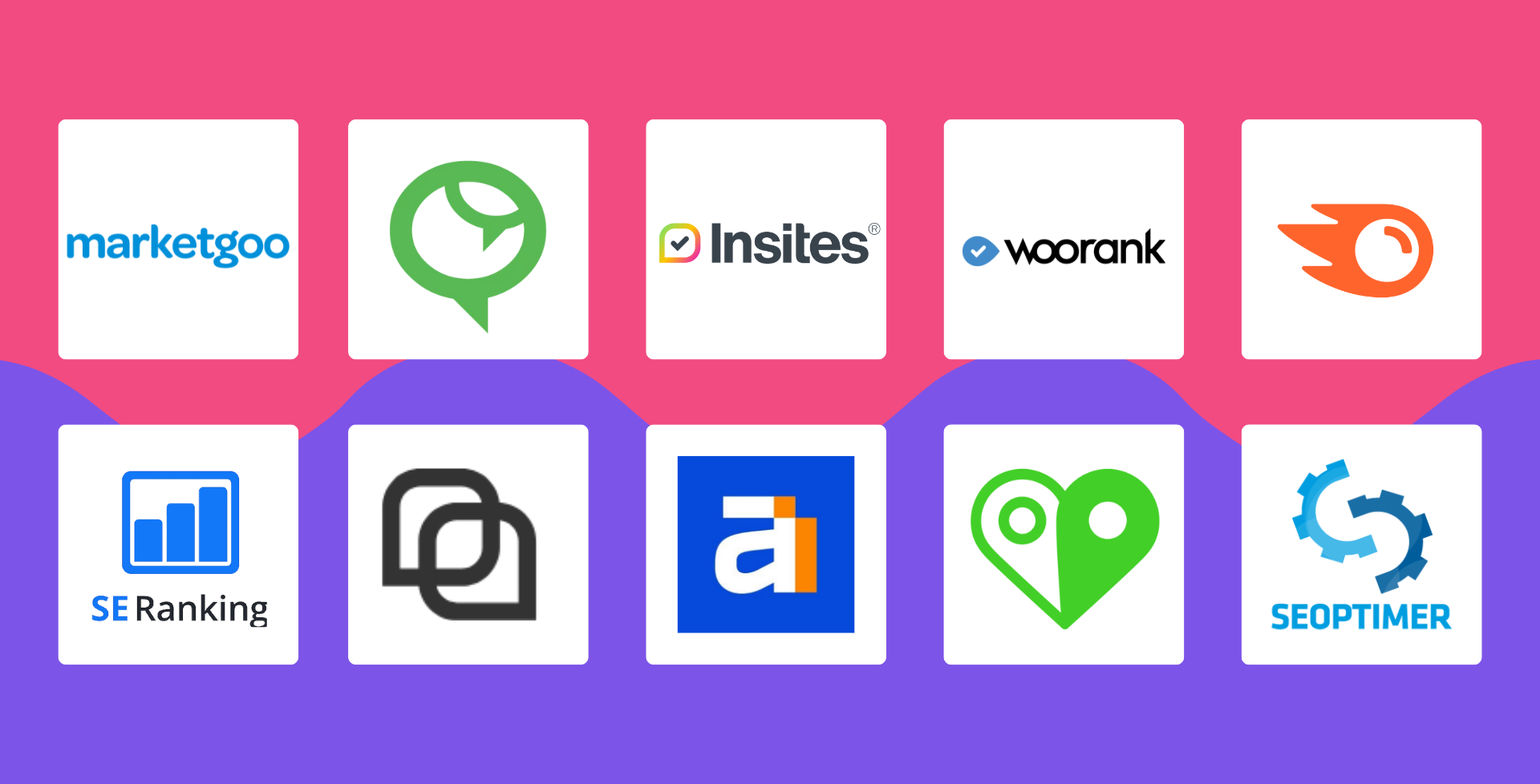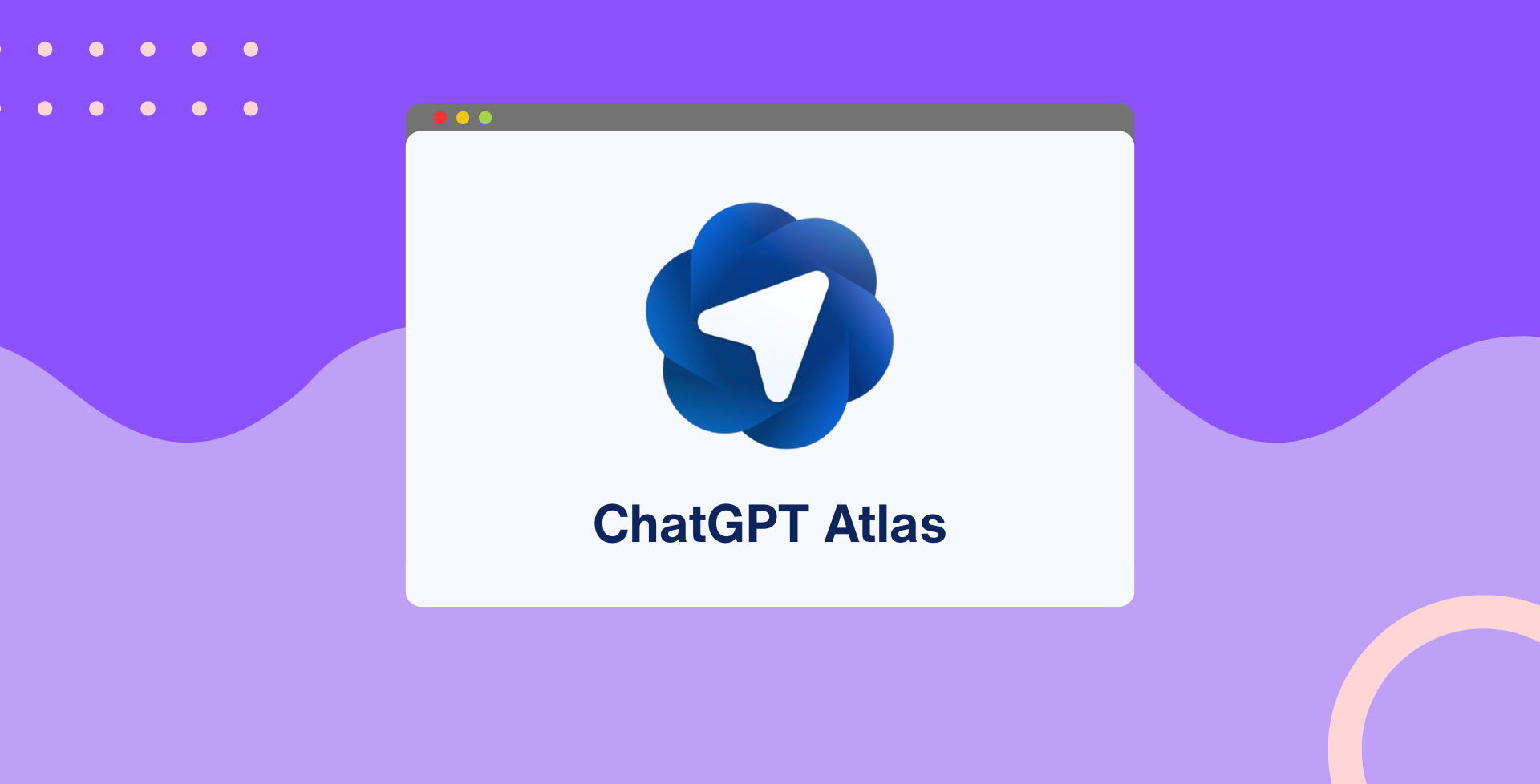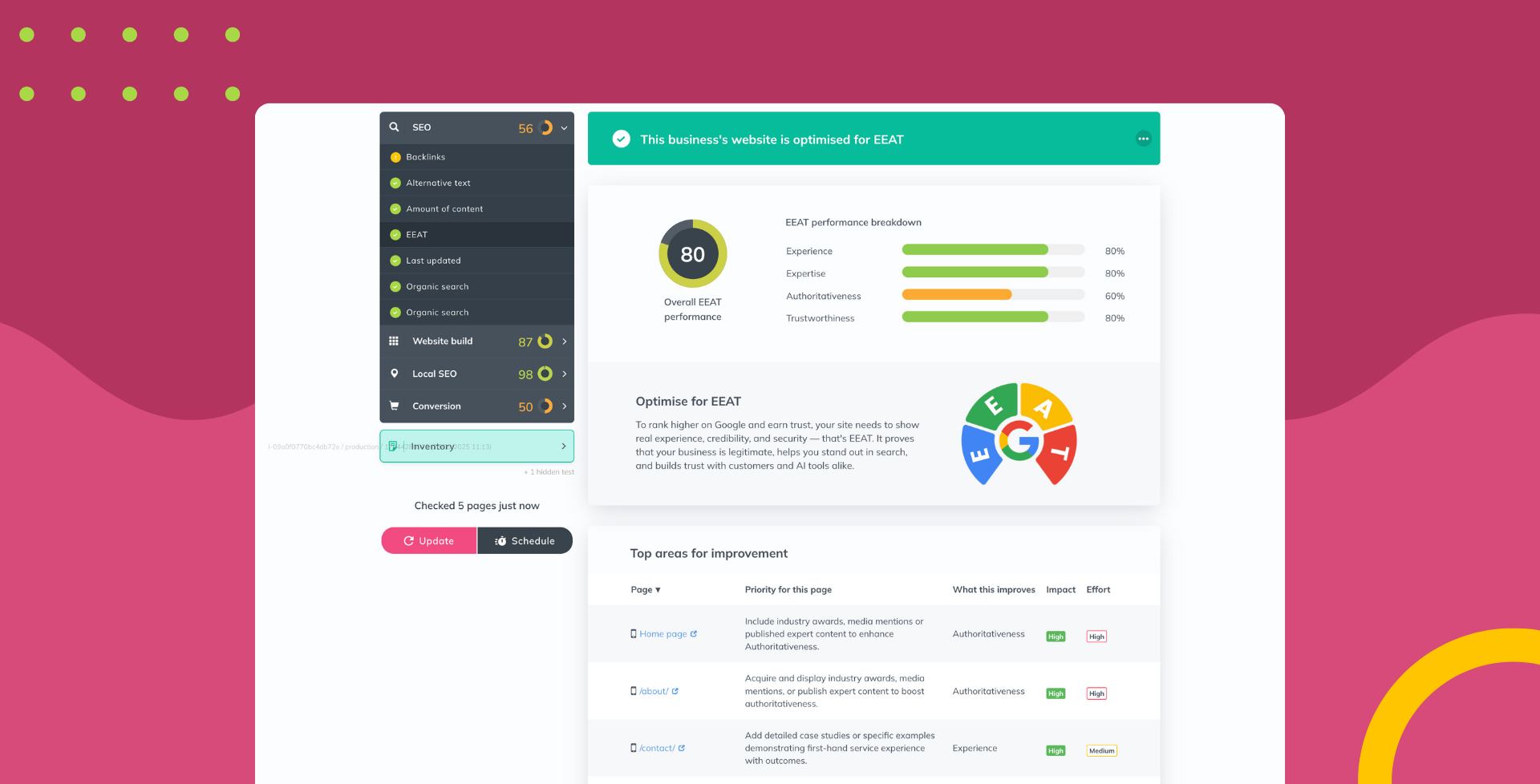The Art of Effective Project Management in Agency Settings (Part 2)
Coral Wood • November 8, 2023
In Part 1 of this long read, we covered the key elements of project management in agencies, who should lead your projects, and how to navigate goal setting and project scheduling.
In part 2, we look at the other side of the project management process; managing clients and adapting to challenges, plus how to use agile methodologies to keep your projects progressing as you planned.
Managing client expectations
Running a tight ship in-house when it comes to your project starts with setting client expectations. Nothing derails a project like a knee-jerk reaction to a client’s concerns. Setting realistic client expectations requires sharing all the steps you’re going to take with them and who to contact when they have questions.
To avoid unhappy clients, make sure to set the up with a single point of contact from the first call, before they’ve even signed the contract. This instills trust with the client, and will help them feel that they are being looked after through the project process.
However, that doesn’t mean clients will be magically void of feedback. There will always be feedback from clients throughout the project process, but how you manage said feedback and their expectations will define how successful (or unsuccessful) the project is in the end.
To manage client expectations effectively, make sure to engage clients at every milestone. Giving clients the opportunity to check in and offer feedback means that they feel confident the project is moving along nicely, and that their opinion is being heard and validated throughout the project.
Insites provides comprehensive audits to support that glittering sales pitch you’re about to write.
They cover everything you need as a marketing agency; SEO, spelling and grammar, accessibility, social presence and more. Plus, they’re ready in just 60 seconds.
Adapting to change in agency projects
There are plenty of reasons why projects may change. As an agency owner or lead, it’s important to understand that change is inevitable. With this in mind, it’s important to recognise we’re not reacting to change; we’re anticipating it.
When the change comes from your client
So you’ve had your milestone check-in with your client, and the feedback is a lot. In fact, it’s so much it’s practically changing the direction of the project? We’ve all been there. In this instance, it’s important as a project manager or agency lead to take the client’s feedback and reflect internally.
By this, we mean take the feedback, thank the client, and speak to the wider team about it. Before agreeing to any big changes in the project, make sure to speak to your team about what it means for the project and for them .
If your team are telling you the changes are a bad idea, it would be a disservice to the client to accept the feedback and move on with the project. By going back to the client and sharing your team’s thoughts on the feedback, you’re more likely to create trust with your client and build a better relationship with them in the long run.
When the change comes from the team
If a project ever ran smoothly, someone would bottle that process and sell it for millions. However, the reality is that projects always face challenges; whether they be small or large. But when those changes come from the team, it can feel incredibly frustrating.
Whether it’s scope creep, unexpected challenges (site fall down, anyone?) or team members unexpectedly off, it’s easy for projects to lose a day or two’s progress. But dealing with those challenges requires having adaptable processes in house.
Whether it’s changing project lead (not ideal, but sometimes essential) to internal knowledge sharing, having a clear and communicated process in-house means you can better navigate those inevitable changes.
Using the Agile methodology and iterative approach
The Agile methodology promotes flexibility, adaptability and continuous improvement throughout the project lifestyle. Put simply, the agile methodology encourages everyone in the project to engage on a granular level, and making improvements where possible.
This goes hand in hand with an iterative approach; at each of your project milestones you can encourage the wider team to deliver incremental results, improving the project’s efficiency and allows you, the project manager, to maintain a high level of quality control.
Quality assurance and testing
Quality assurance is integral in any project as you want to ensure you maintain your high quality standards and put your best foot forward with your clients. Quality assurance manifests in many ways; for example, if you’re working on websites, you’ll need to test it’s robustness and all of its (many) paths. But quality assurance isn’t just limited to developers and tech. Peer reviews, automated testing, user acceptance testing, and even proof-reading are all essential parts of the quality assurance testing process. It’s integral that quality assurance is prioritised at every milestone so that you’re consistently showing your client your best work and living up to their expectations.
Conclusion
In conclusion, effective project management in agency settings is crucial for ensuring successful and timely project delivery. From adapting to change to getting the right project manager in place, having a solid process for your projects both for your client work and in-house team will greatly benefit your agency and its growth.
The post The Art of Effective Project Management in Agency Settings (Part 2) appeared first on Insites.


























